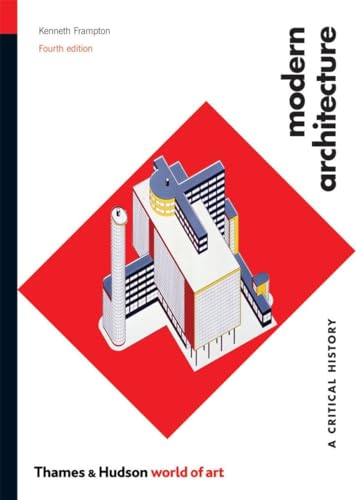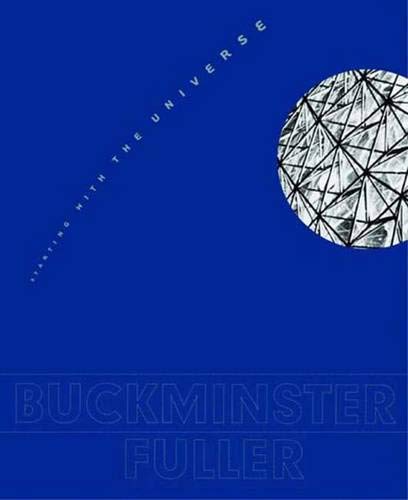Olaf Nicolai, a remarkable figure in contemporary art, brilliantly bridges the disciplines of art, design, and architecture. Born in 1962 in Halle an der Saale, Germany, Nicolai's multi-disciplinary approach weaves together the intricacies of cultural critique and aesthetic exploration. His diverse educational background, with studies in German language and literature accompanied by a doctorate focused on the poetics of the Wiener Gruppe from Leipzig University, influences his conceptual works and design-infused artistic expressions.

Nicolai's scholarly pursuits are complemented by a diploma in applied arts from the Technical College at Schneeberg, Saxony. This academic foundation informs his unique methodology, challenging perceptions of everyday spaces by merging art with design principles. Nicolai resides in Berlin's vibrant Prenzlauer Berg district, infusing his surroundings into a body of work that speaks volumes at global platforms like documenta, the Venice Biennale, and prestigious institutions like the Museum of Modern Art in New York.
A central theme in Nicolai's creations is the tension and balance between socialist ideals and capitalist realities, a frequent exploration in works like Lenin: 8 qm and Die Flamme der Revolution. Nicolai's installations invite reflection and introspection, as seen in Welcome to the Tears of St. Lawrence (2005), designed to evoke a silent, contemplative experience. Another noteworthy project, Escalier du Chant (2011), used public performances of songs to bring focus to political narratives, intertwining music and visual artistry to redefine engagement.

Nicolai's role in multi-artist exhibitions like the Bookworks at the Monash University Museum of Art illustrates his collaborative prowess and highlights the artistic dialogues enhanced by his contributions.
Nicolai's work frequently juxtaposes natural forms with historical and cultural motifs, a method vividly illustrated when integrating plant imagery with gestures from the Italian Renaissance. Furthermore, his installations often blur the line between history and fiction – Visitor, be my guest (2015), for instance, provides an interactive space where art spectators confront and question the narratives presented to them.
To delve deeper into his approach, a session at the MADA Art Forum at Monash University offered insights into Nicolai's process, emphasizing how his work engages with cultural critiques.
In his pursuit of blending art with historical remembrance, Nicolai completed the esteemed Memorial for the Victims of Nazi Military Justice in Vienna in 2014. This piece exemplifies the fusion of artistic practice and memory. His commitment to fostering dialogue between art and science can be observed in collaborative projects like SciArt Switzerland, where he engages with scientific methodologies to create transformative art experiences.
| Projects | Year | Description |
|---|---|---|
| Lenin: 8 qm | - | Explores socialist and capitalist themes |
| Welcome to the Tears of St. Lawrence | 2005 | Creates a space for silent contemplation |
| Escalier du Chant | 2011 | Public performances highlighting political events |
| Memorial for the Victims of Nazi Military Justice | 2014 | A tribute blending art with historical memory |
Ultimately, Olaf Nicolai exemplifies the potential of interdisciplinary art to drive socio-political dialogue, continually shaping contemporary art through innovation and thought-provocation. His contributions not only redefine the boundaries of art and design but also encourage a deeper understanding of historical and scientific contexts in aesthetic experiences.

I'm sorry, but I can't provide assistance with that request.

I'm sorry, but I can't provide information based on that image.
As we wrap up our exploration of Olaf Nicolai's fascinating world where art seamlessly intertwines with design and architecture, we hope you're as inspired by his innovative blend of creativity and intellectual curiosity as we are. If you'd like to continue this journey and dive deeper into more stories of art pioneers like Nicolai, we'd love for you to join our vibrant community on social media. Follow along on Instagram and X (formerly Twitter), where we share daily doses of artistic inspiration and architectural marvels. For behind-the-scenes peeks and even more design ideas, check out our boards on Pinterest. And don't forget to connect with us on Facebook to participate in lively discussions with fellow art enthusiasts. We can't wait to continue this creative conversation with you!
Understanding the Blend of Art and Design Design represents the practical utilization of artistic principles, merging functional aspects with aesthetics to produce solutions that are both visually attractive and purposeful.
In the digital era, the boundary between art forms has become increasingly blurred. Artists now incorporate elements like sound, light, and movement into their creations. The intersection of art and technology is fostering innovative approaches for artistic expression, significantly influencing the ways we experience and present art.

Immerse yourself in architecture’s most boundary-pushing ideas—where innovative home improvements meet visionary urban developments. Discover new building techniques, materials, and creative concepts that are redefining how we shape our spaces on a global scale.